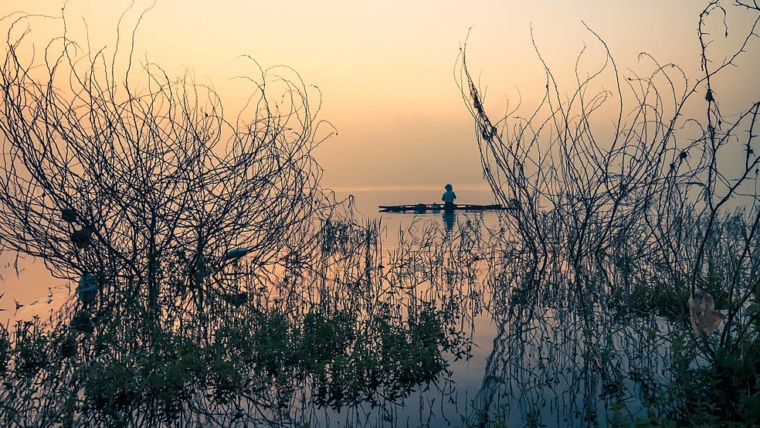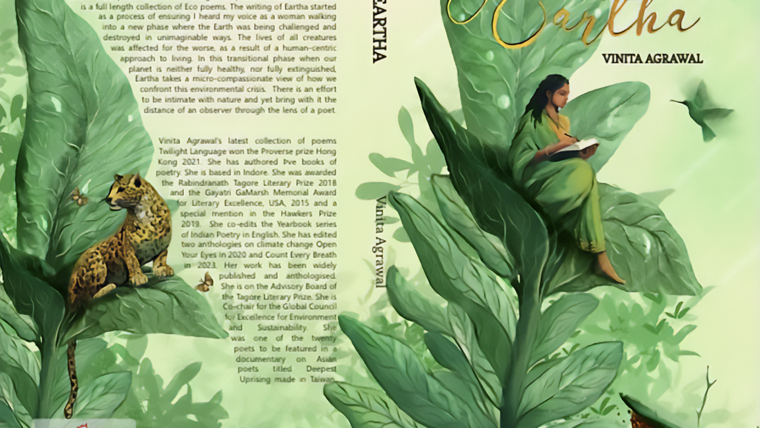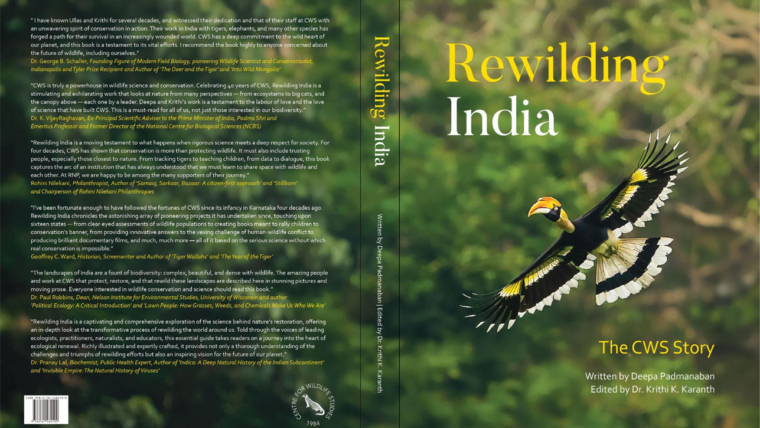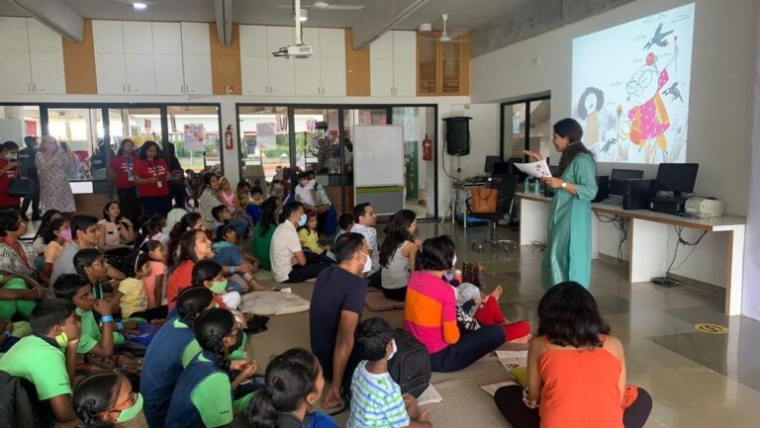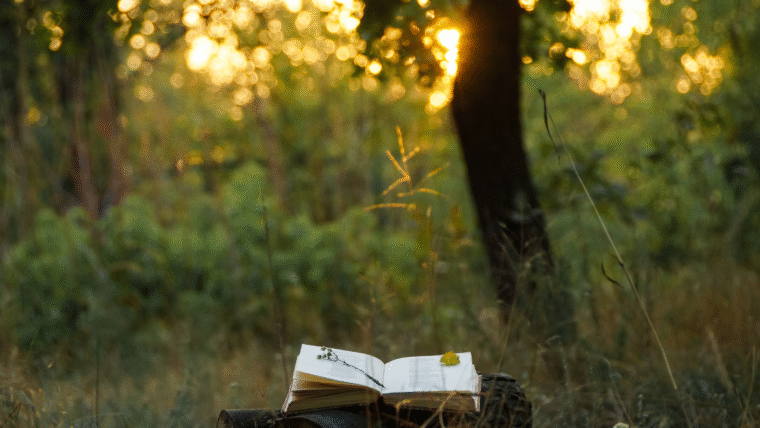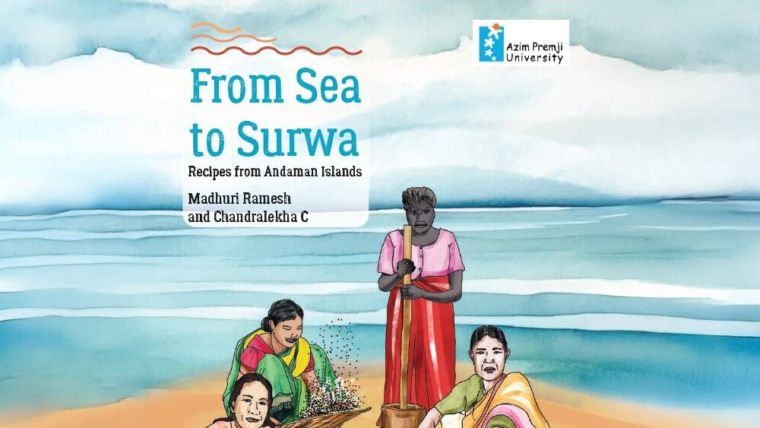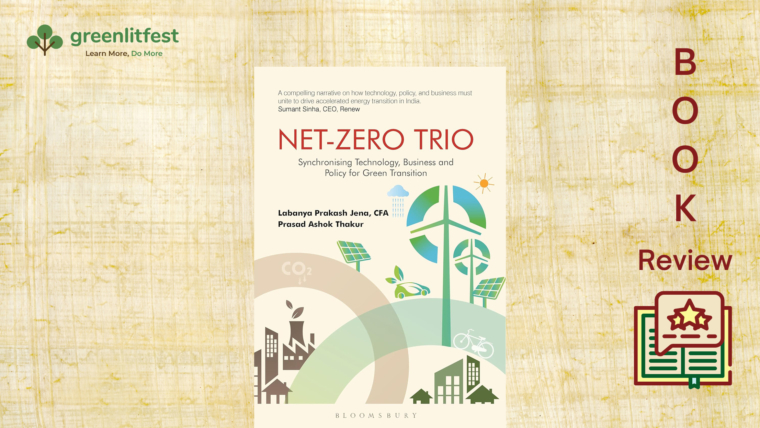Sangam Literature beautifully categorises the landscapes of Tamil land into five tinais or ecological zones. In this essay, researcher and writer Sindu Deivanayagan depicts the web of life in neithal tinai, coastal landscapes and how it can inform today’s coastal development. Image credit – Wikimedia Commonshttps://thewire.in/culture/how-sangam-literature-imagined-a-coastal-world-of-balance
